An optical illusion — the two pieces appear to be drawn apart, but they remain engaged.
Here’s another video that’s shot clearly enough to give away what’s happening.
An optical illusion — the two pieces appear to be drawn apart, but they remain engaged.
Here’s another video that’s shot clearly enough to give away what’s happening.
Back in 2012 I mentioned that if A=1, B=2, C=3, etc., then ARM + BEND = ELBOW and KING + CHAIR = THRONE.
Peter Dawyndt of Ghent University challenged his students to come up with more, and they found these:
WHITE (65) + HOUSE (68) = GOVERNMENT (133)
PETER (64) + PAN (31) = NEVERLAND (95)
COMIC (43) + BOOK (43) = FANTASY (86)
ABSENT (61) + MINDED (49) = FORGETFUL (110)
BLOOD (48) + BATH (31) = MASSACRE (79)
DRUG (50) + ADDICT (41) = STONER (91)
MICRO (58) + SOFT (60) = COMPUTING (118)
RED (27) + BULL (47) = COCKTAIL (74)
EGG (19) + PLANT (63) = AUBERGINE (82)
CUSTARD (86) + CREAM (40) = BISCUITRY (126)
VISUAL (84) + BASIC (34) = MICROSOFT (118)
ENERGY (74) + DRINK (56) = JAGERMEISTER (130)
MONA (43) + LISA (41) = LEONARDO (84)
DOWN (56) + LOAD (32) = ITUNES (88)
BLACK (29) + JACK (25) = VEGAS (54)
SUN (54) + RISE (51) = HORIZON (105)
POLICE (60) + CAR (22) = PATROL (82)
CHURCH (61) + MAN (28) = RELIGION (89)
FAMILY (66) + TREE (48) = ANCESTORS (114)
HAND (27) + GUN (42) = MAGNUM (69)
RAIN (42) + BOW (40) = COLORS (82)
ANT (35) + LION (50) = DOODLEBUG (85)
BOTTOM (85) + LINE (40) = CONCLUSION (125)
BACK (17) + SLASH (59) = HYPHEN (76)
BILL (35) + FOLD (37) = MONEY (72)
URBAN (56) + LEGEND (47) = BULLSHIT (103)
CALL (28) + GIRL (46) = HARLOT (74)
STAR (58) + TREK (54) = VOYAGERS (112)
Names of famous people:
JOHN (47) + CLEESE (49) = HUMOUR (96)
TOM (48) + HANKS (53) = FORREST (101)
BOB (19) + MARLEY (74) = RASTAFARI (93)
KURT (70) + COBAIN (44) = NOVOSELIC (114)
NELSON (79) + MANDELA (50) = HUMANITARIAN (129)
EMMA (32) + WATSON (92) = VOLDEMORT (124)
JAMES (48) + BOND (35) = DANIEL (45) + CRAIG (38)
GEORGE (57) + LUCAS (56) = JAR (29) + JAR (29) + BINKS (55)
STEPHEN (87) + HAWKING (73) = TEXT (69) + TO (35) + SPEECH (56)
CLOCKWORK (111) + ORANGE (60) = STANLEY (96) + KUBRICK (75)
(Thanks, Peter.)
Houston attorney Robert Malinak sent this courtroom transcript to the Texas Bar Journal in 1999. He said it had been sent to him by “a credible New York lawyer”:
CLERK: Please repeat after me: “I swear by Almighty God.”
WITNESS: “I swear by Almighty God.”
CLERK: “That the evidence I give …”
WITNESS: That’s right.
CLERK: Repeat it.
WITNESS: “Repeat it.”
CLERK: No! Repeat what I said.
WITNESS: What you said when?
CLERK: “That the evidence that I give …”
WITNESS: “That the evidence that I give.”
CLERK: “Shall be the truth and …”
WITNESS: It will, and nothing but the truth!
CLERK: Please, just repeat after me: “Shall be the truth and …”
WITNESS: “Shall be the truth and.”
CLERK: Say: “Nothing …”
WITNESS: Okay. (remains silent)
CLERK: No! Don’t say nothing. Say: “Nothing but the truth …”
WITNESS: Yes.
CLERK: Well? Do so.
WITNESS: You’re confusing me.
CLERK: Just say: “Nothing but the truth …”
WITNESS: Okay. I understand.
CLERK: Then say it.
WITNESS: What?
CLERK: “Nothing but the truth …”
WITNESS: But I do! That’s just it.
CLERK: You must say: “Nothing but the truth …”
WITNESS: I WILL say nothing but the truth!
CLERK: Please, just repeat these four words: “Nothing” — “But” — “The” — “Truth.”
WITNESS: What? You mean, like, now?
CLERK: Yes! Now. Please. Just say those four words.
WITNESS: Nothing. But. The. Truth.
CLERK: Thank you.
WITNESS: I’m just not a scholar.
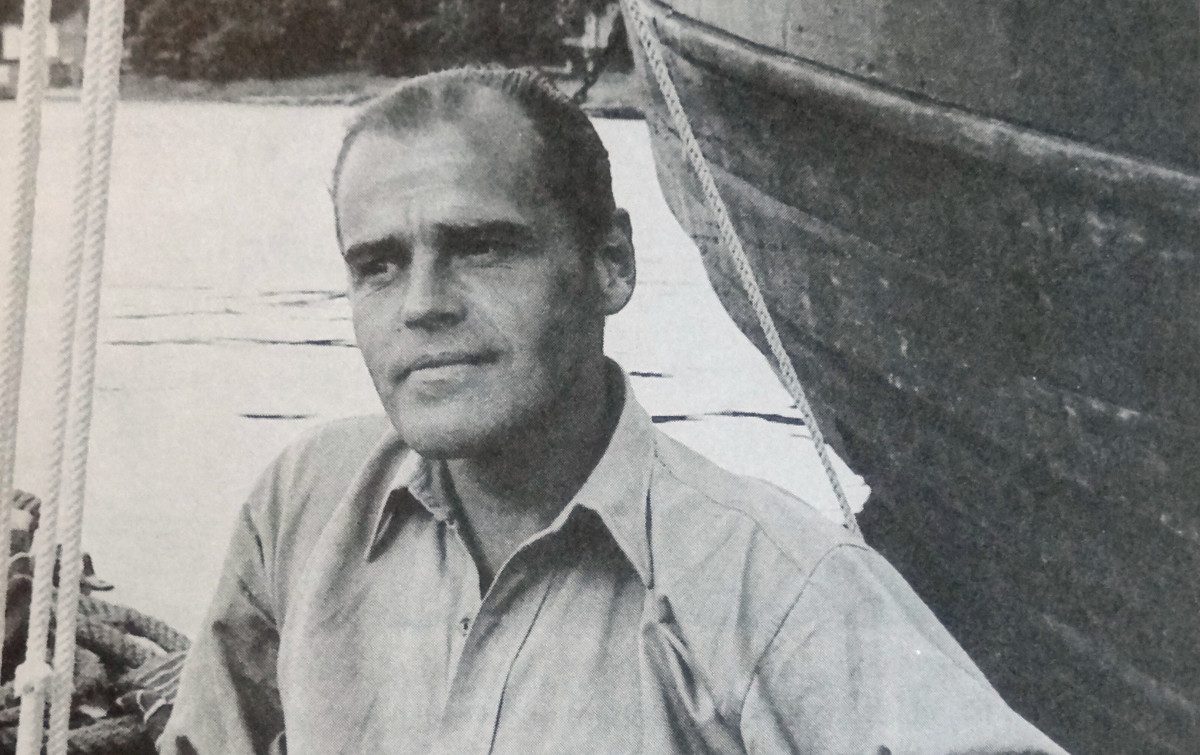
In 1940, Germany was sending vital telegrams through neutral Sweden using a sophisticated cipher, and it fell to mathematician Arne Beurling to make sense of the secret messages. In this week’s episode of the Futility Closet podcast we’ll describe the outcome, which has been called “one of the greatest accomplishments in the history of cryptography.”
We’ll also learn about mudlarking and puzzle over a chicken-killing Dane.
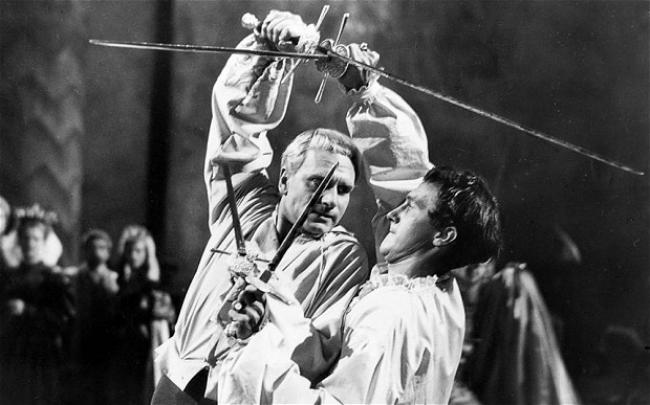
In his foreword to William Hobbs’ Stage Combat, Laurence Olivier listed the injuries he’d received in his acting career:
1 broken ankle
2 torn cartilages (1 perforce yielding to surgery)
2 broken calf muscles
3 ruptured Achilles tendons
Untold slashes including a full thrust razor-edged sword wound in the breast (thrilling)
Landing from considerable height, scrotum first, upon acrobat’s knee
Hanging by hand to piano wire 40 feet up for some minutes (hours?) on account of unmoored rope
Hurled to the stage from 30 feet due to faultily moored rope ladder
Impalement upon jagged ply cut-outs
Broken foot bone by standing preoccupied in camera track
Broken face by horse galloping into camera while looking through finder
Near broken neck diving into net
Several shrewd throws from horses including one over beast’s head into lake
One arrow shot between shinbones
Water on elbow
Water pretty well everywhere
Hands pretty well mis-shapen now through ‘taking’ falls
Quite a few pretended injuries while it was really gout
Near electrocution through scimitar entering studio dimmer while backing away from unwelcome interview
Etc., etc., etc.
He added, “Not to mention injuries inflicted upon my audiences.”
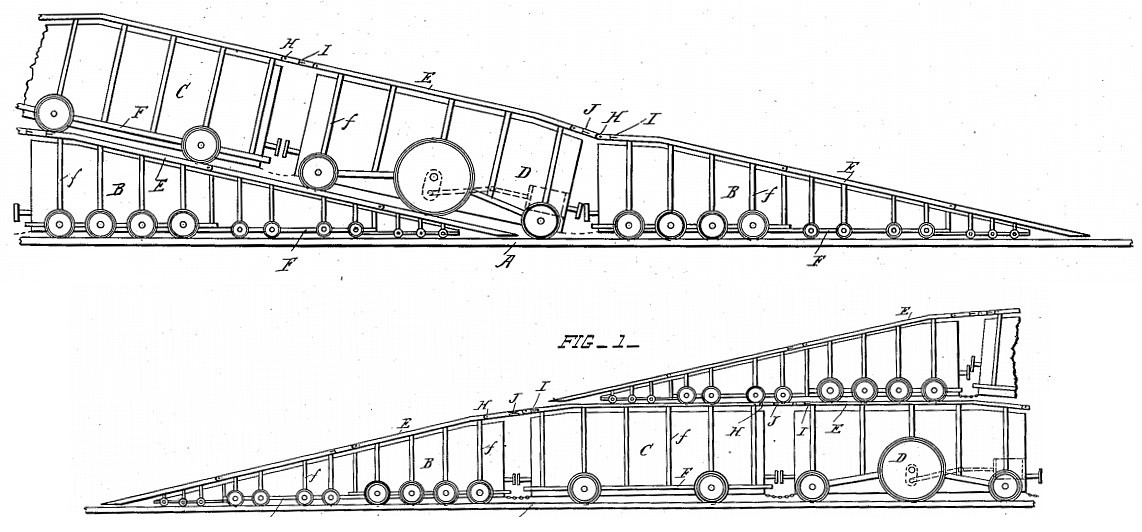
In 2009 I mentioned that in 1895 Henry Simmons invented ramp-shaped railroad cars that could pass over one another.
At the time I thought this was alarming, but something like it was actually carried out. On Coney Island’s Leap Frog Railway of 1905, one car full of passengers clambered over another:
The passengers in breathless excitement momentarily anticipating disaster, realizing that their lives are in jeopardy, clinging to one another for safety, closing their eyes to the impending danger. … The cars crash into one another, 32 people are hurled over the heads of 32 others. … They are suddenly awakened to a realization of the fact that they have actually collided with another car and yet they find themselves safe and sound … proceeding in the same direction in which they started.
On the return journey the cars changed positions. At the time this was billed as a prototype “to reduce the mortality rate due to collisions on railways.” Now I wonder whether Simmons’ invention was ever realized.
(From Rem Koolhaas, Delirious New York, 1994.)
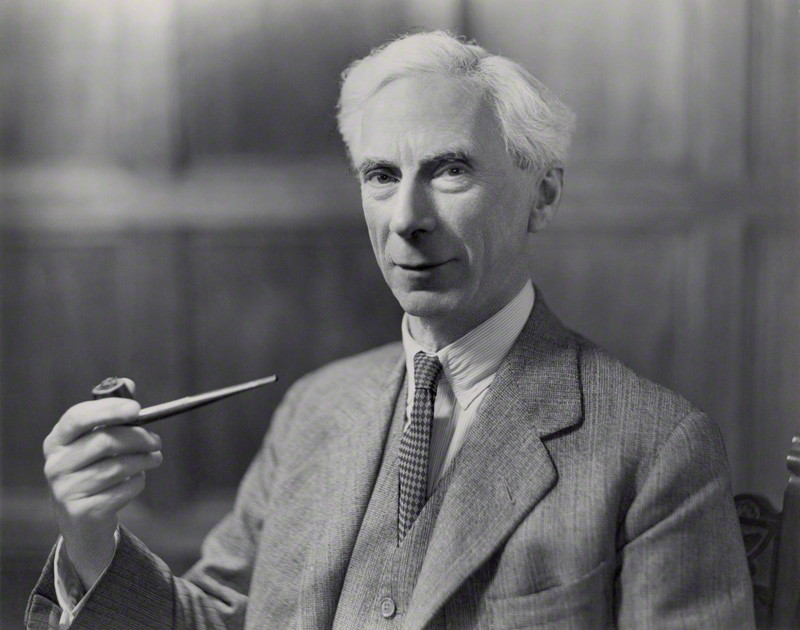
When Bertrand Russell was invited to China in 1920, he thought it might be a hoax — the letter was signed “Fu Ling-yu.”
When the Russells reached Peking, “the mystery of Mr Fu Ling-yu was solved in the person of Professor Fu, a tall Northern Chinese, young and handsome and of extremely fine presence.”
(From Dora Russell’s memoir The Tamarisk Tree.)
Last year I mentioned that during Scotland’s 1904 Antarctic expedition, piper Gilbert Kerr had serenaded a penguin:
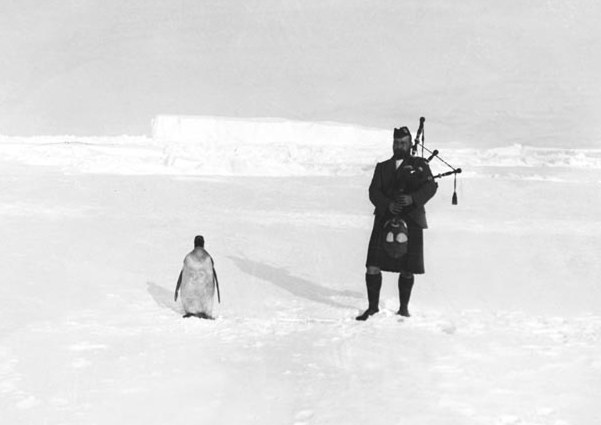
Well, by Ernest Shackleton’s expedition three years later they’d advanced to gramophones:
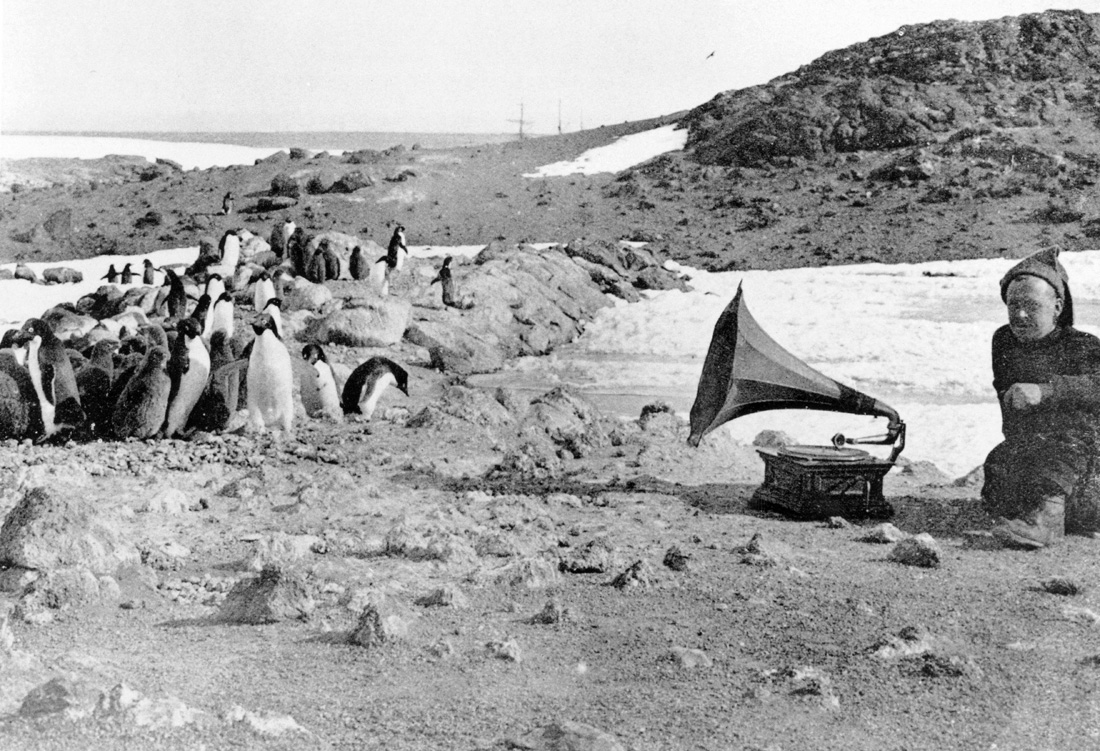
This doesn’t seem to have gone any better, but it’s increasingly clear that we’re the obtuse ones. Shackleton’s biologist, James Murray, wrote, “They came up to a party of strangers in a straggling procession, some big aldermanic fellow leading. At a respectful distance they halted, and the old male waddled close up and bowed gravely until his head almost touched his breast. With his head still bowed he made a long speech in a muttering manner, and having finished his speech he still kept his head bowed for a few seconds for politeness sake, and then raising it he described with his bill as large a circle as the joints of his neck would allow, and finally looked into our faces to see if we understood. If we had not, as usually was the case, he tried again.
“He was infinitely patient with our stupidity, but his followers were not so patient with him, and presently they would become sure that he was making a mess of it. Then another male would waddle forward and elbow the first Emperor aside as if to say, ‘I’ll show you how it ought to be done,’ and went again through the whole business.”
“They are the civilized nations of the Antarctic regions, and their civilization, if much simpler than ours, is in some respects higher and more worthy of the name.”
In a 2005 story about The Simpsons, San Francisco Chronicle writer Steve Rubenstein mentioned that in a dream Homer once “wrote that 1782 to the 12th power plus 1841 to the 12th power equals 1922 to the 12th power.” Rubenstein added, “(It does.)”
Well, it doesn’t — the first factor here must be even, and the second must be odd, so their sum can’t be even. The city desk prepared a correction saying that the equation was wrong, but Deputy Managing Editor Stephen R. Proctor pointed out that unless it gave the right answer, “the correction doesn’t correct.”
So they called in Sonoma State University mathematician Sam Brannen and produced this unusual notice:
A story Nov. 15 about mathematical references on “The Simpsons” TV show mistakenly said that 1,782 to the 12th power plus 1,841 to the 12th power equals 1,922 to the 12th power. Actually, 1,782 to the 12th power plus 1,841 to the 12th power equals 2,541,210,258,614, 589,176,288, 669, 958, 142, 428, 526,657, while 1,922 to the 12th power equals 2,541,210,259,314,801,410, 819, 278,649, 643,651,567,616.
Ombudsman Dick Rogers added, “Obviously.”
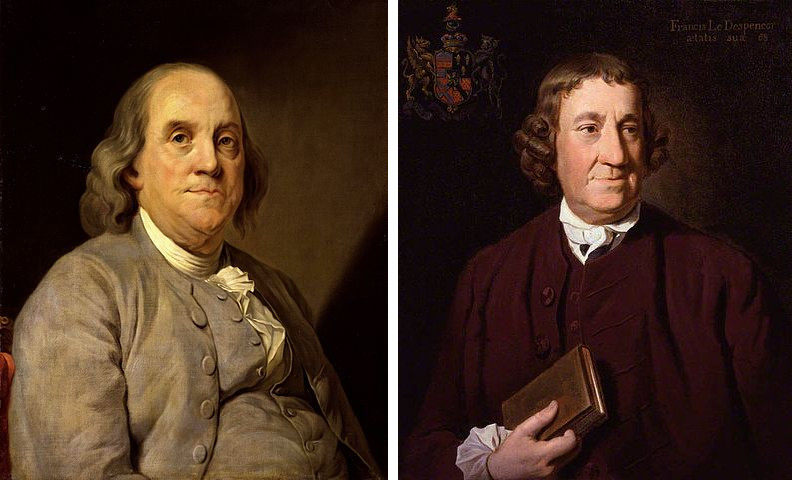
Benjamin Franklin and Sir Francis Dashwood once set out to shorten the Book of Common Prayer. Noel Perrin writes in Dr. Bowdler’s Legacy:
Franklin and Dashwood had made contact while each was a postmaster general, and found themselves agreeing that the great trouble with church services is that they are too long. They then put out their anonymous Abridgement of the Book of Common Prayer (1773), in which the communion service takes about ten minutes, and a funeral six. (‘The Order for the Burial of the Dead is very solemn and moving; nevertheless, to preserve the health and lives of the living, it appeared to us that this service ought particularly to be shortened,’ Franklin wrote jauntily in the preface.) The book could be called expurgated only in the sense that Franklin and Dashwood both disapproved of Old Testament ideas of vengeance, and therefore omitted the service of Commination and all psalms which contain maledictions.
In 1785 Franklin wrote to Granville Sharp, “The Liturgy you mention was an abridgment of that made by a noble Lord of my acquaintance, who requested me to assist him by taking the rest of the book; viz., the Catechism and the reading and singing Psalms. These I abridged by retaining of the Catechism only the two questions, What is your duty to God? What is your duty to your neighbour? with answers. The Psalms were much contracted by leaving out the repetitions (of which I found more than I could have imagined) and the imprecations, which appeared not to suit well with the Christian doctrine of forgiveness of injuries and doing good to enemies. The book was printed for Wilkie, in St. Paul’s Churchyard, but never much noticed. Some were given away, very few sold, and I suppose the bulk became waste-paper. In the prayers so much was retrenched that approbation could hardly be expected; but I think with you, a moderate abridgment might not only be useful, but generally acceptable.”
(Richard Meade Bache, “The So-Called ‘Franklin Prayer-Book,'” Pennsylvania Magazine of History and Biography 21:2 [1897], 224-234.)